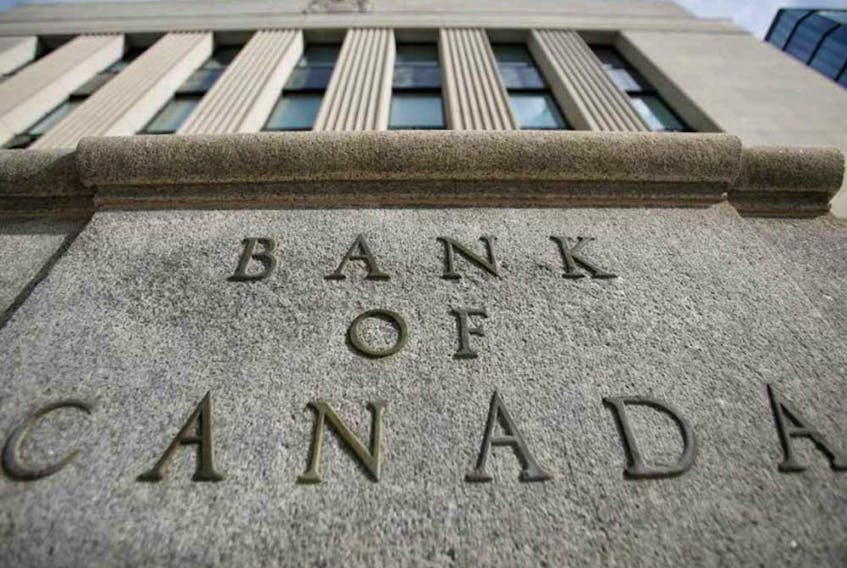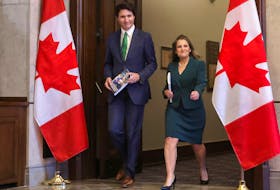
There’s no signal coming from Canada’s economic indicators at the moment, only noise. A terrible, agonizing noise.
Non-energy exports plunged by almost 27 per cent in April from the previous month, as the North American economy essentially shut down to slow the spread of COVID-19, Statistics Canada reported June 4.
It was a disastrous reading, but is the economy really in such desperate shape? Exporters have access to an unprecedented level of government support, and central banks have pledged to do whatever it takes to keep interest rates lows.
“Incoming data confirm the severe impact of the COVID-19 pandemic on the global economy,” the Bank of Canada said on June 3 while explaining its decision to leave the benchmark lending rate at 0.25 per cent. “This impact appears to have peaked, although uncertainty about how the recovery will unfold remains high.”
Two million Canadians lost their jobs in April, eclipsing last month’s destruction of one million positions, which itself was eight times bigger than the previous record, Statistics Canada reported on May 8 in the most comprehensive tally so far of the “sudden stop” on economic activity that governments implemented to slow the spread of the coronavirus that causes COVID-19.
The unemployment rate surged to 13 per cent, which, remarkably, wasn’t unprecedented — the record remains 13.1 per cent in December 1982. But the speed of the plunge is unrivalled: the jobless rate was 5.6 per cent in February, a level that economists associate with full employment, or the state at which most people who want a job can find one.
Canada’s epic collapse in employment in March and April defines the pitch of the cliff created by the arrival of twin crises a month ago: the planned stop of discretionary economic activity and the unprecedented descent of oil prices. Those two calamities already have caused more destruction to people’s livelihoods than the Great Recession, which destroyed 426,500 jobs between October 2008 and June 2009.
Still, it is extremely difficult, if not impossible, to predict whether all of this will result in a crevasse or a canyon. The hiring numbers represent the first chapter of a book that will require more sections before the ending comes into focus. The job losses are historic, but so is the safety net that is being constructed to cushion the fall. The Bank of Canada will create hundreds of billions of dollars to buy financial assets over the moths ahead. The federal government has thrown together a fiscal rescue worth more than $100 billion, supplemented by various tax deferrals and low-interest loans worth tens of billions of dollars more. Those measures will replace some of the lost wealth.
The way some economists talk, the behavioral changes that will result from the crisis could be so profound that previous trends will no longer tell us as much about the future. That probably will depend on how long the economy is forced to endure quasi-quarantine.
In 2018, we built a “dashboard” of what we deduced to be the Bank of Canada’s favourite indicators. The idea was to add texture to the weekly reporting of high-frequency data by pushing beyond the headlines, just like policy makers do.
For now, those indicators mostly tell a story of how much momentum the Canadian economy had before the world changed. The hiring indicators suggested strength: employment was at a high level, wages were growing at a decent rate, and households were spending.
Still, there was reason for concern. The trade wars appeared to have taken a toll on business confidence. Business investment was trending weaker just at a moment when the Bank of Canada had been expecting it to recover. Exports were lacklustre at best.
When Stephen Poloz, the former Bank of Canada governor, started cutting interest rates in March, he indicated that he probably would have done so even if there had been no COVID-19. The extraordinary measures the central bank has taken could be in place for a long time.
Click on the icon at the end of each chart below to get the latest economic data and why it matters.






Illustrations by Mike Faille
Copyright Postmedia Network Inc., 2020








